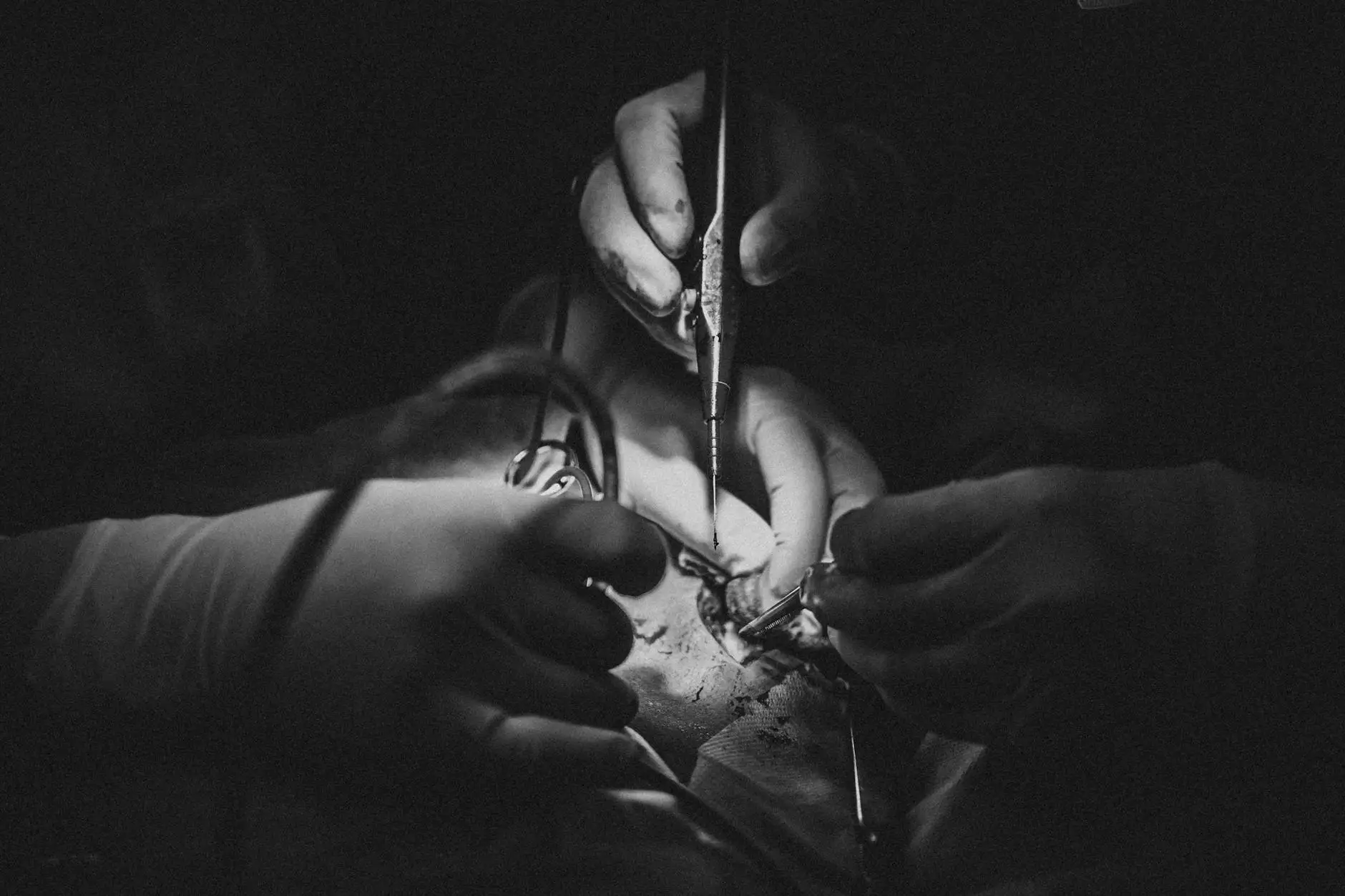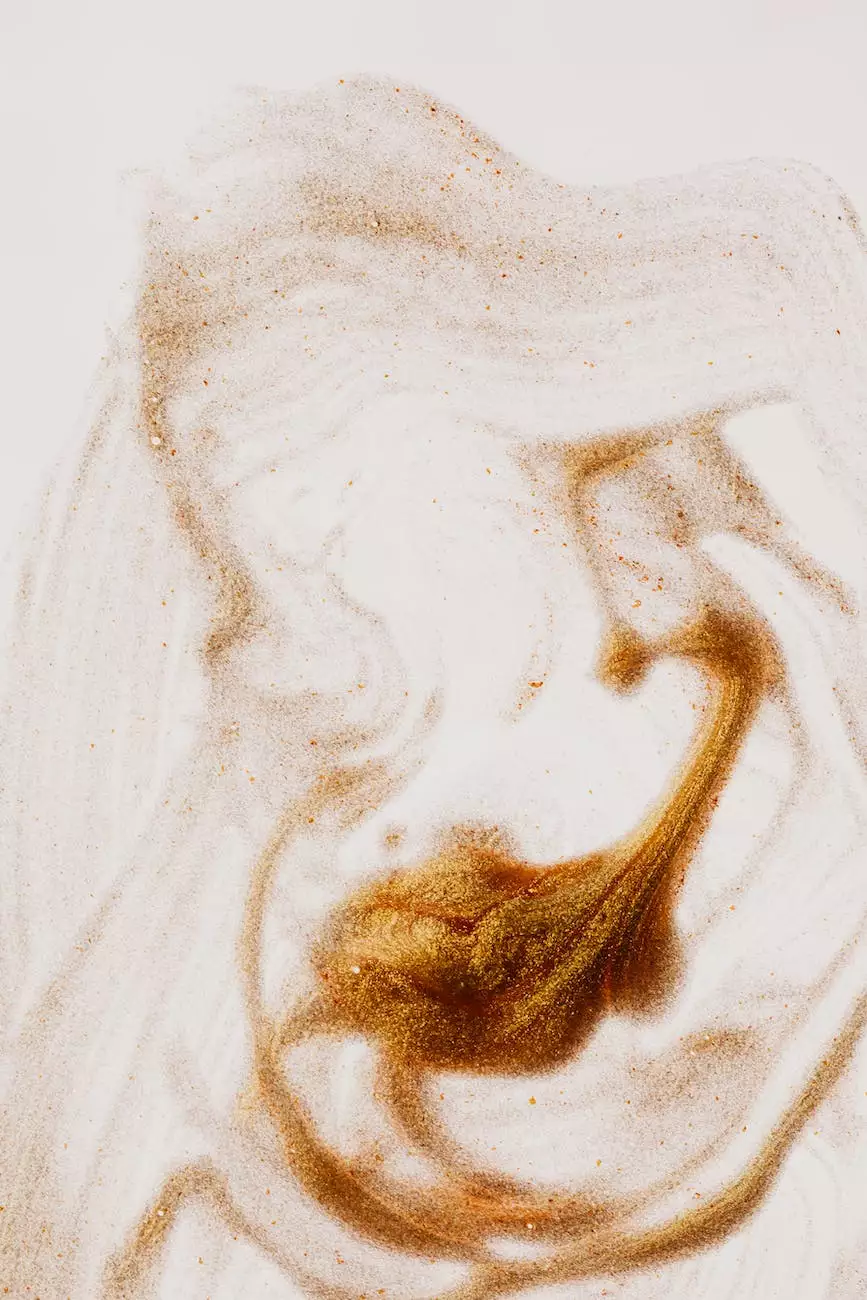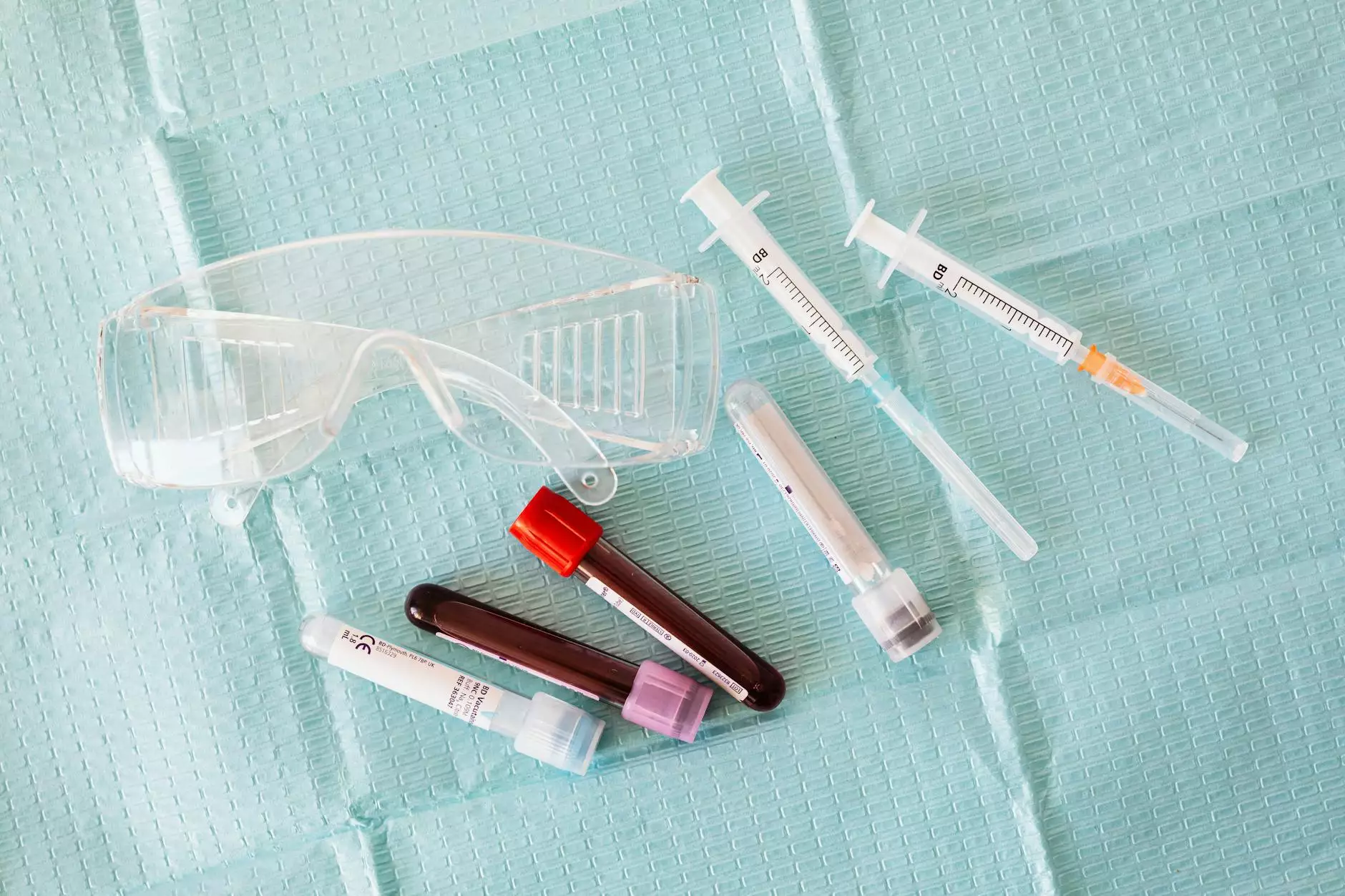Peripheral Artery Disease (PAD) - Vascular and Vein

Welcome to Furstenberg Michael Dr's page on Peripheral Artery Disease (PAD). We specialize in providing high-quality vascular and vein care, and our team of experts is dedicated to assisting patients with various vascular conditions. In this comprehensive guide, we will explore PAD, including its causes, symptoms, diagnosis, and available treatment options.
What is Peripheral Artery Disease (PAD)?
Peripheral Artery Disease, commonly known as PAD, is a condition that affects the blood vessels outside the heart and brain. It occurs due to the buildup of plaque in the arteries, leading to reduced blood flow to the limbs, most commonly the legs. PAD can cause significant discomfort and potentially increase the risk of other cardiovascular complications, such as heart attacks or strokes.
Causes and Risk Factors
Several factors contribute to the development of PAD. The primary cause is atherosclerosis, a condition characterized by the accumulation of fatty deposits called plaque on the inner walls of arteries. The plaque buildup narrows the arteries and restricts blood flow. Some common risk factors for PAD include:
- Smoking or tobacco use
- High blood pressure
- High cholesterol levels
- Diabetes
- Obesity
- Family history of PAD or other cardiovascular diseases
- Age, especially individuals over 50
Symptoms of PAD
The symptoms of PAD may vary depending on the severity of the condition. Some common signs and symptoms include:
- Leg pain or cramping, especially during physical activity (intermittent claudication)
- Numbness or weakness in the legs
- Coldness in the lower leg or foot
- Slow-healing sores or wounds on the legs or feet
- Color changes in the skin, such as pale or bluish hue
Diagnosis
Proper diagnosis of PAD is crucial for determining the appropriate treatment plan. Our experienced team at Furstenberg Michael Dr utilizes advanced diagnostic techniques, including:
- Physical examination and medical history assessment
- Ankle-brachial index (ABI) test to measure blood pressure in the legs
- Doppler ultrasound to evaluate blood flow in the arteries
- Magnetic Resonance Angiography (MRA) or Computed Tomographic Angiography (CTA) for detailed imaging of blood vessels
Treatment Options
At Furstenberg Michael Dr, we offer comprehensive treatment options for PAD tailored to each patient's unique condition. Some common treatment approaches include:
- Lifestyle modifications, such as quitting smoking and increasing physical activity
- Medications to manage symptoms and improve blood flow
- Angioplasty and stenting to widen narrowed arteries
- Bypass surgery to create new pathways for blood flow
- Thrombolytic therapy to dissolve blood clots
If you suspect you may have PAD or require expert vascular care for any other related conditions, our team at Furstenberg Michael Dr is here to help. Contact us today to schedule a consultation and receive the personalized care you deserve.










